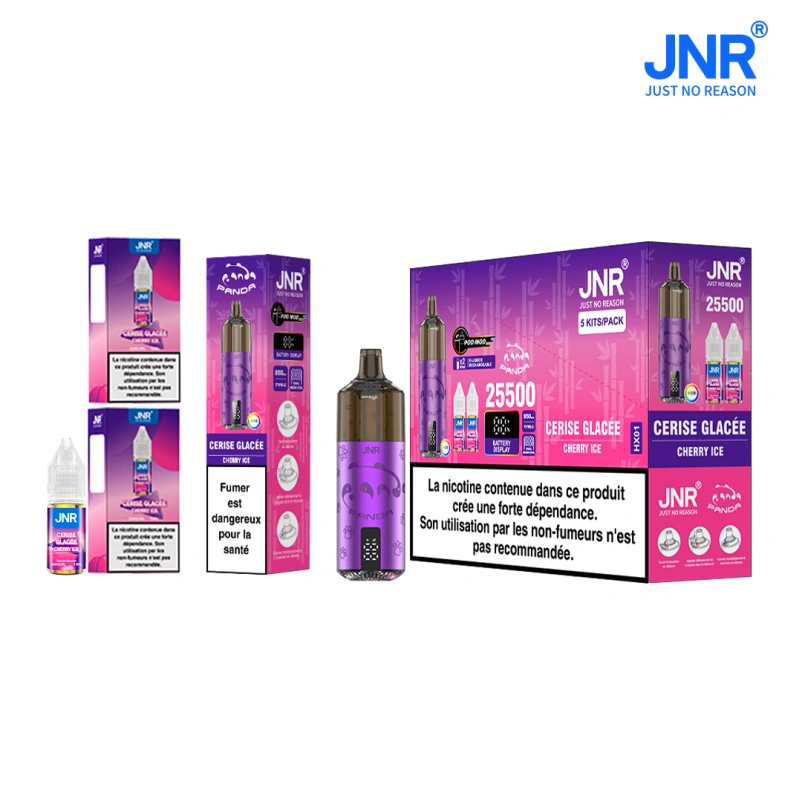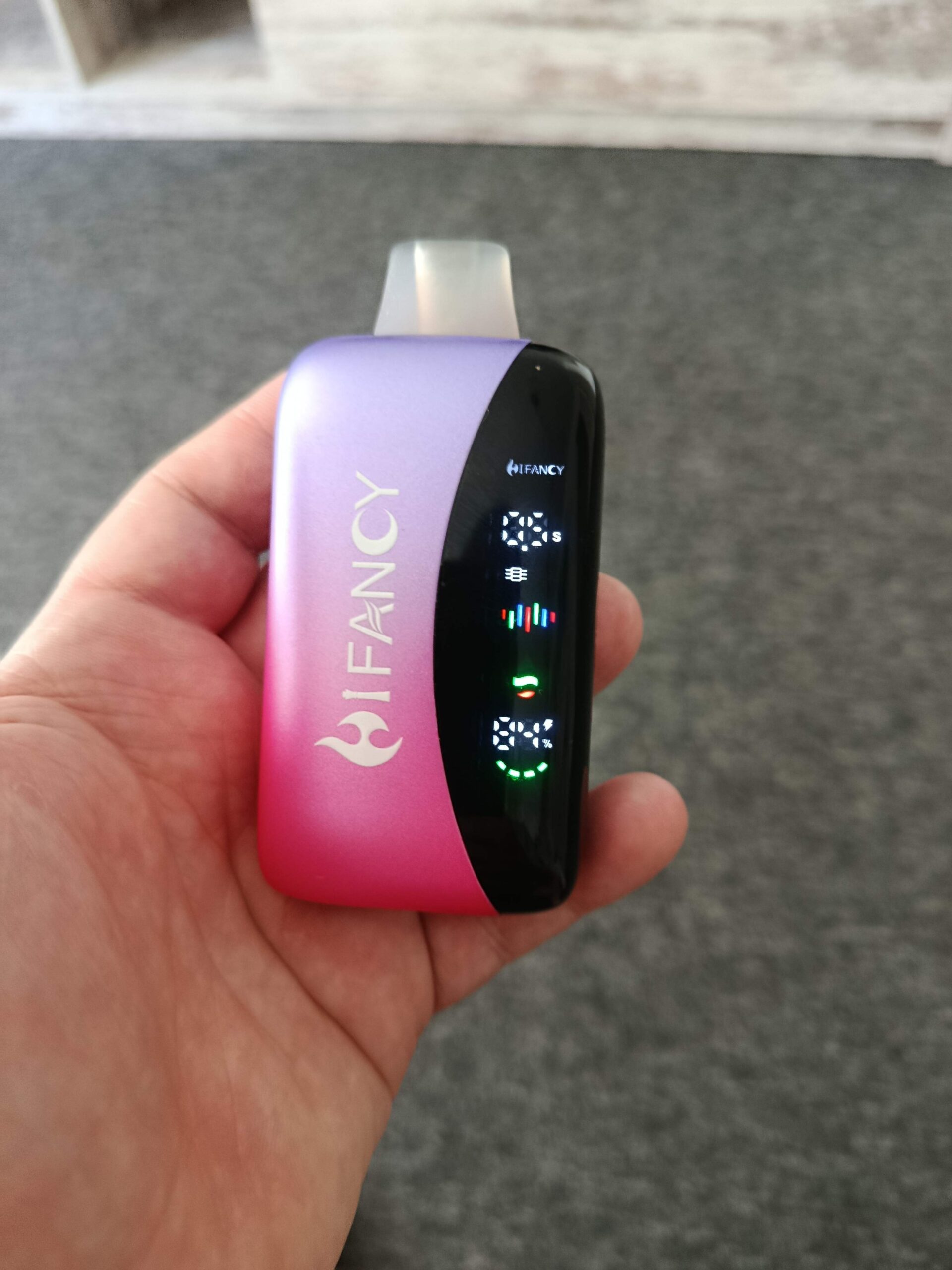Differences in e-cigarette sales regulations among countries

Global Variations in Electronic Cigarette Sales Regulations: A Comparative Overview
Electronic cigarettes (e-cigarettes) have sparked widespread debate among policymakers, public health experts, and consumers due to their dual potential as smoking cessation aids and gateway products for non-smokers. Unlike traditional tobacco, which faces decades of established regulation, e-cigarette policies vary dramatically across countries, reflecting differing cultural attitudes, public health priorities, and scientific interpretations of risk. This analysis explores key regional differences in e-cigarette sales regulations, highlighting how governments balance harm reduction goals with concerns about youth uptake and long-term safety.
Regulatory Approaches in North America
North America’s e-cigarette regulations are shaped by federal frameworks supplemented by state-level amendments, creating a patchwork of rules that often confuse consumers and retailers.
United States: FDA Oversight and State-Level Restrictions
In the U.S., the Food and Drug Administration (FDA) classifies e-cigarettes as tobacco products, subjecting them to premarket review requirements for new devices and flavors. Manufacturers must submit extensive data on ingredient safety and potential health impacts before marketing products, though enforcement has faced delays due to legal challenges. At the state level, over 30 states have imposed additional restrictions, including flavor bans (except tobacco and menthol in some cases), age verification mandates, and taxes on e-liquid sales. For example, California requires retailers to obtain licenses for e-cigarette sales, while New York prohibits online shipping of vaping products to consumers. These measures aim to curb youth access but have drawn criticism for limiting adult smokers’ access to harm reduction tools.
Canada: Federal and Provincial Coordination
Canada’s approach emphasizes harmonization between federal and provincial governments. Health Canada regulates e-cigarettes under the Tobacco and Vaping Products Act (TVPA), which bans flavors that appeal to youth (e.g., candy, dessert), limits nicotine concentration to 20 mg/mL, and requires plain packaging with health warnings. Provinces may add stricter rules, such as British Columbia’s 20% tax on vaping products and Ontario’s prohibition of vaping in public spaces where smoking is banned. Unlike the U.S., Canada allows e-cigarette advertising in adult-only venues but restricts it on social media and television to minimize youth exposure. This dual-layer system reflects Canada’s focus on balancing harm reduction with aggressive youth prevention strategies.
European Union and United Kingdom: Divergent Paths Post-Brexit
The European Union (EU) and the United Kingdom (UK) once shared a unified regulatory framework but have diverged since Brexit, illustrating how political shifts influence vaping policies.
European Union: Tobacco Products Directive (TPD) Compliance
The EU’s TPD sets minimum standards for e-cigarette sales across member states, including a 20 mg/mL nicotine cap, a 10 mL maximum tank size for refillable devices, and mandatory health warnings covering 30% of packaging. The directive also requires manufacturers to notify regulatory bodies before launching new products and to disclose ingredient lists. However, enforcement varies: Germany permits e-cigarette sales in convenience stores, while France restricts them to specialized tobacco shops. Critics argue that the TPD’s one-size-fits-all approach stifles innovation and ignores regional differences in vaping prevalence. For instance, countries like Sweden, where snus use is high, have less stringent vaping regulations compared to nations like Italy, which bans all flavored e-liquids except tobacco.
United Kingdom: Pro-Harm Reduction Stance
Post-Brexit, the UK has positioned itself as a global leader in promoting e-cigarettes as smoking cessation tools. Public Health England (PHE) and its successor, the Office for Health Improvement and Disparities (OHID), endorse vaping as “95% less harmful than smoking,” a stance reflected in relaxed regulations. The UK allows higher nicotine concentrations (up to 20 mg/mL, same as the EU) but permits advertising in media targeting adults, such as print magazines and billboards. Pharmacies can also sell e-cigarettes alongside nicotine replacement therapies, reinforcing their role in harm reduction. However, the government recently proposed banning disposable vapes to address environmental concerns and youth uptake, highlighting ongoing tensions between accessibility and safety.
Asia-Pacific: Strict Bans vs. Permissive Markets
The Asia-Pacific region demonstrates the widest regulatory extremes, from outright prohibition to minimal oversight, often tied to cultural norms and tobacco control histories.
Australia: Prescription-Only Model
Australia’s Therapeutic Goods Administration (TGA) classifies nicotine-containing e-cigarettes as prescription-only medical products, effectively banning their retail sale. Consumers must obtain a doctor’s prescription to import nicotine e-liquid from overseas, a process criticized for being cumbersome and discouraging smokers from switching. Flavored e-liquids (except tobacco) are prohibited nationwide, and advertising is restricted to medical journals. This approach aligns with Australia’s strict tobacco control policies but has faced backlash from harm reduction advocates who argue it drives vapers toward illicit markets or back to smoking.
Japan: Pharmaceutical Regulation with Limited Retail Access
Japan regulates e-cigarettes containing nicotine as pharmaceutical products, requiring manufacturers to obtain approval from the Ministry of Health, Labour and Welfare (MHLW). As a result, only a handful of nicotine-based e-cigarettes are legally sold, primarily through pharmacies. Non-nicotine vaping devices, however, are widely available in convenience stores and vape shops, often marketed as “heat-not-burn” alternatives. This dual system reflects Japan’s cautious approach to nicotine regulation while accommodating consumer demand for reduced-risk products.
New Zealand: Progressive Harm Reduction Framework
New Zealand’s Smokefree 2025 initiative has driven some of the world’s most innovative e-cigarette policies. The government legalized nicotine e-cigarettes in 2020, allowing their sale in specialty stores and online platforms with age verification checks. Flavors are permitted, but advertising is restricted to prevent youth appeal, and packaging must include health warnings. New Zealand also subsidizes e-cigarettes for low-income smokers through its Quitline service, positioning vaping as a cost-effective cessation tool. This approach contrasts with neighboring Australia’s prohibitionist model, showcasing how regional policy choices can diverge sharply despite similar public health goals.
Global Regulatory Trends and Future Challenges
As e-cigarette technology evolves, governments face mounting pressure to update regulations to address emerging risks like counterfeit products, environmental waste from disposable devices, and cross-border sales via e-commerce. The World Health Organization (WHO) has urged countries to adopt “precautionary” policies, including flavor bans and plain packaging, until more long-term safety data is available. However, critics argue that overly restrictive rules could undermine harm reduction efforts by pushing smokers toward unregulated markets.
Balancing these priorities requires nuanced, evidence-based policies that account for local contexts. For instance, countries with high smoking rates might prioritize accessibility to vaping products, while those with low smoking prevalence could focus on preventing youth initiation. International collaboration on standards for product safety, testing protocols, and taxation could also reduce regulatory fragmentation and protect public health more effectively.
The global landscape of e-cigarette sales regulations remains fluid, reflecting ongoing debates about science, ethics, and economics. As research continues to clarify the risks and benefits of vaping, policymakers must adapt their strategies to ensure that regulations protect both individual and population health without stifling innovation or access to harm reduction tools.









